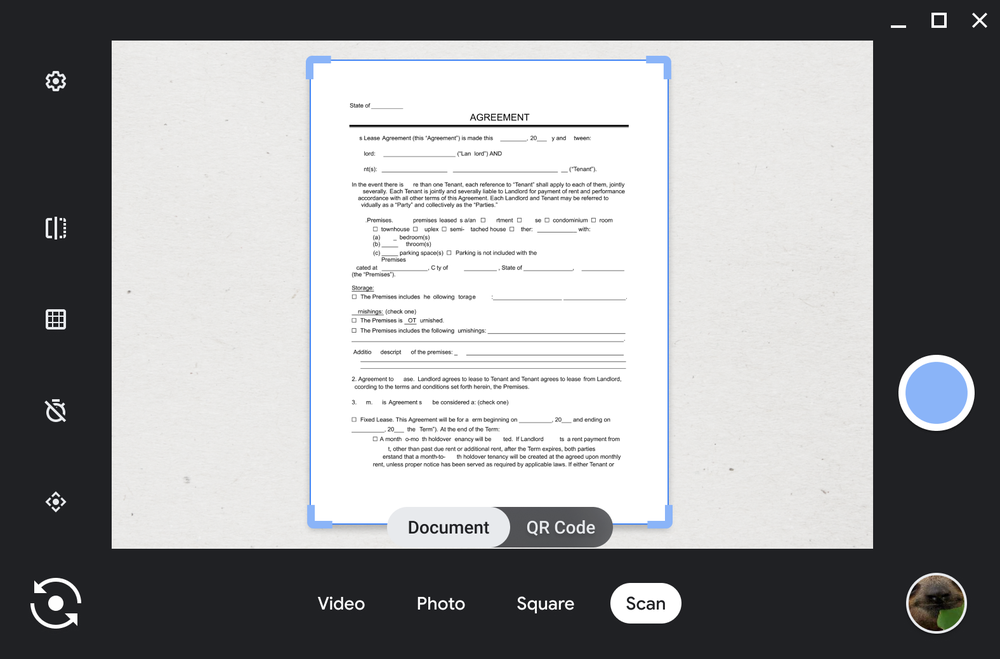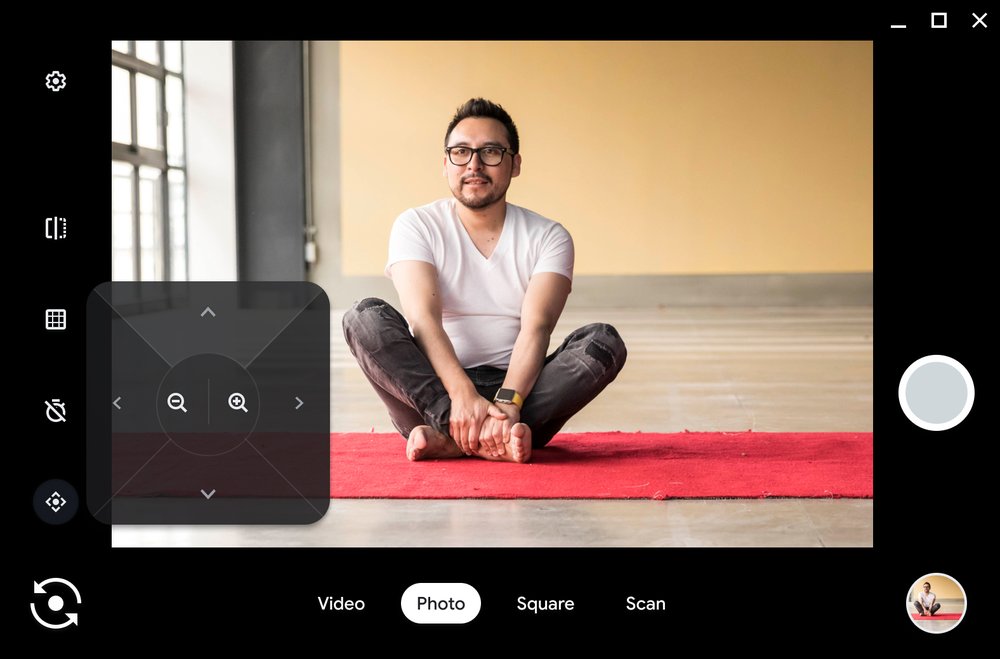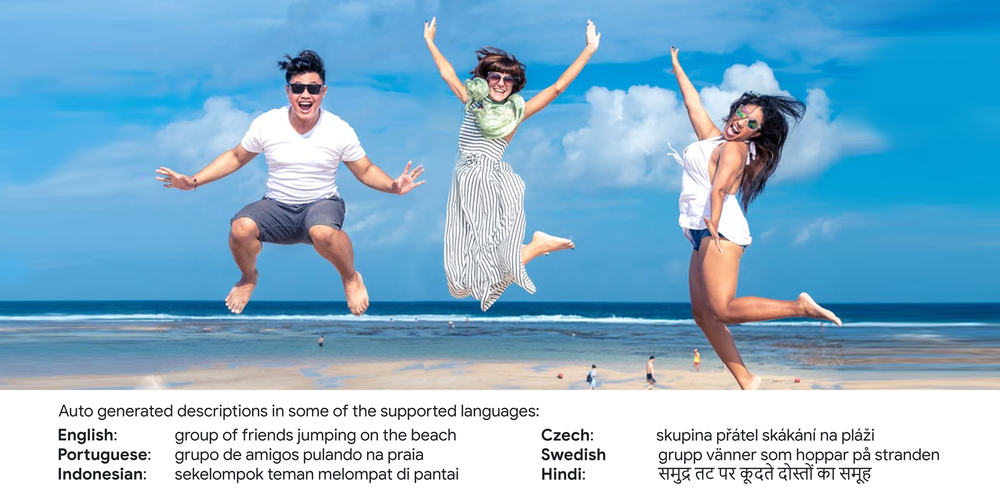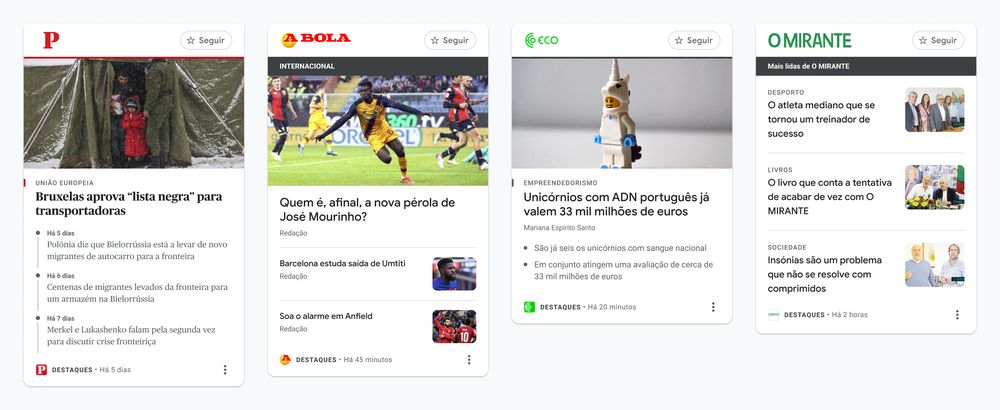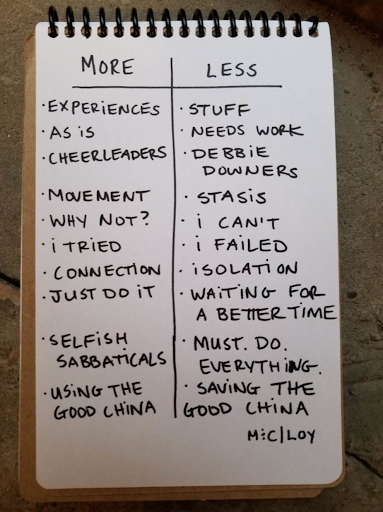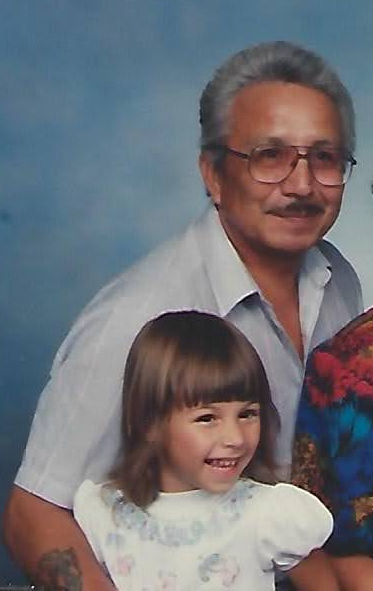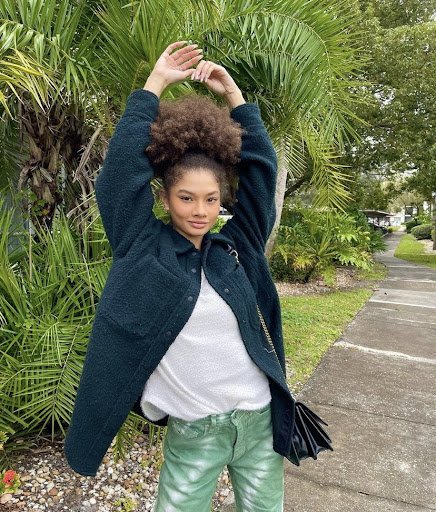When the COVID-19 pandemic hit, Mohd Zaid, from Kajang, Malaysia, felt the pressure of providing for his family in an uncertain environment. To bring in some extra income, he turned first to one of his personal passions — making soy wax candles infused with scented oils — and then he turned to the internet. After learning digital marketing skills through a Grow with Google course, Zaid was able to go beyond word-of-mouth sales and promote his candles online through Google Ads and Search. His revenue jumped 70%.
Zaid is one of a growing number of Malaysian entrepreneurs embracing a more digital economy. Technology has helped Malaysians through the economic effects of the pandemic, enabling people across the country to work, learn and run their businesses in new ways. According to the latest eConomy Southeast Asia report, 81% of all Malaysian internet users now use digital services — including three million people who’ve become new ‘digital consumers’ since the pandemic began. And business owners are adopting technology at a faster pace, using digital tools to serve their customers better. Over 40% of digital merchants in Malaysia believe their businesses wouldn’t have survived the pandemic without digital platforms (the highest proportion anywhere in the region).
Technology is equally important to Malaysia’s long-term future. According to a new report released by AlphaBeta, making the most of digital opportunities could create $61.3 billion in annual economic value for Malaysia by 2030. That’s the equivalent of about 17% of Malaysia’s GDP in 2020.
So the possibilities are enormous — but right now, Malaysia has some catching up to do. Only one-third of Malaysian businesses have a website, compared with 44% globally. The digital economy is also uneven. Some industries, like manufacturing, use technology far more intensively than others, like agriculture, while small businesses face a shortage of workers with the right skills.
Malaysia’s government has developed a Digital Economy Blueprint, aiming to position Malaysia as a regional technology leader by the end of the decade, and the AlphaBeta report sets out three priorities for getting there: digitalizing the public and private sectors, building the nation’s digital talent and promoting digital trade opportunities.
To help, Google Malaysia will continue to expand programs like Mahir Digital Bersama Google, which has already trained more than 36,000 Malaysian small businesses. We’ll keep working to close digital skills gaps through initiatives like Go Digital ASEAN (supported by Google.org and focused on marginalized communities) and AirAsia academy, which provides free digital courses for local small businesses. Through YouTube, we’ll expand our efforts to help Malaysian creators find global audiences and grow revenue for their businesses. And we’ll deepen our efforts with the Ministry of Education to improve digital learning in schools, laying the ground for the next generation of talent.
After a challenging period, I know we can look to the future with confidence — and technology is at the heart of the ambitions we share for our economy and society. We’re looking forward to playing our part in advancing Malaysia’s exciting digital potential together.
by Marc Woo via The Keyword


